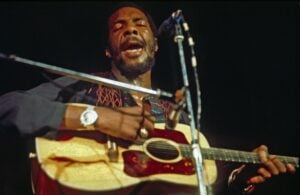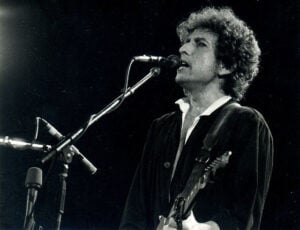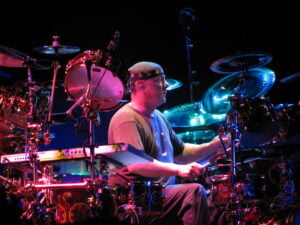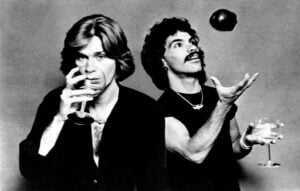David Bowie Archive Opens to the Public with Thousands of Personal Items on Display
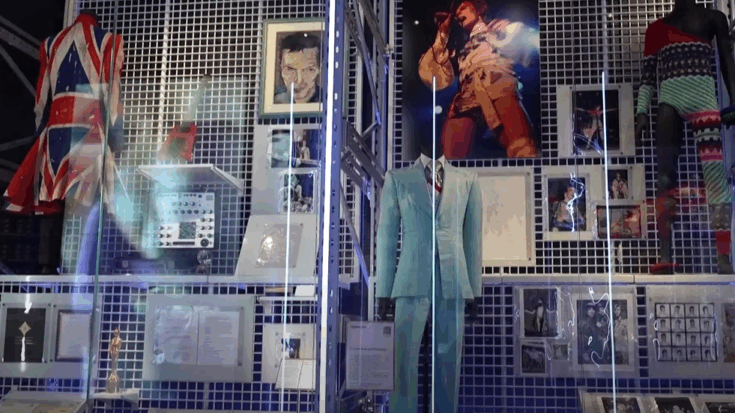
via The Manila Times / YouTube
Unfinished Ideas Come to Light
When David Bowie died in 2016, he left behind a vast musical legacy and a collection of projects that never reached completion. This week, the public can explore those ideas as Bowie’s archive opens its doors in London.
The collection, now housed at the Victoria and Albert Museum, contains 90,000 items from Bowie’s estate. Among them are handwritten notes for a film in which Major Tom—the fictional astronaut from Bowie’s “Space Oddity”—would be sent to “a disgruntled America.” Curator Madeleine Haddon explained that this never-made movie, titled “Young Americans,” shared a name with Bowie’s 1975 album and was “reflective on what it’s like to be a Brit in the U.S., and thinking about international politics and their place in the world.”
View this post on Instagram
A Glimpse of Lost Projects
The archive also reveals “The Spectator,” a stage musical about an 18th-century London outlaw. Bowie was developing it shortly before his death from cancer at the age of 69. Haddon described it as a story exploring “the relationship between art and politics in London at the cusp of modernity,” and admitted, “I would love to see where he was going with that.”
Opening to the public on Saturday, the David Bowie Centre offers a detailed look at the artist’s life. Visitors will find stage outfits, musical instruments—including a Japanese koto and Ziggy Stardust’s acoustic guitar—along with letters, lyric sheets, photographs, to-do lists, and sticky notes filled with ideas.
Decades of Constant Reinvention
The archive charts Bowie’s restless creativity, beginning with his early years as David Jones in suburban London in 1947. Known for changing personas and exploring new sounds, Bowie moved from glam rock to soul and electronica, and even worked with British jungle and drum ’n’ bass musicians such as A Guy Called Gerald and Goldie.
Beyond music, Bowie acted in films and on Broadway, collaborated on stage productions, painted, and embraced technology. In the 1990s he even created BowieNet, his own internet service provider. “He was such a world-builder,” Haddon said. “Music was (just) one angle into the worlds he wanted to build.”
Inside the V&A East Storehouse
The David Bowie Centre occupies part of the V&A East Storehouse, a hybrid museum and warehouse that opened in June in London’s Olympic Park. Visitors can book free appointments to view items and, in many cases, handle them under supervision.
“We want visitors to be inspired by Bowie, to pursue their own creativity, discover new stories and make unexpected connections between Bowie, contemporary discussions and themselves,” Haddon explained. The booking site quickly showed demand, with one standout request: a distressed frock coat Bowie designed with Alexander McQueen for his 50th birthday concert at Madison Square Garden in 1997.
Fashion and Performance
Bowie’s influence on fashion is clear from the 400 costumes preserved in the archive. Highlights include Japanese designer Kansai Yamamoto’s knitted jumpsuit for the Ziggy Stardust era and the white suit worn on his 1983 Serious Moonlight tour. “The Alexander McQueen costumes and some of the Ziggy costumes are proving particularly popular,” noted V&A archivist Sabrina Offord.
Around 200 items are on display in the main gallery space, chosen with input from local 18- to 25-year-olds. This outreach aimed to engage young people who might not have known Bowie well. “Many didn’t know who he was or they had a lot of questions about why the V&A wanted to build an entire center dedicated to him,” Haddon said. “By the end, they were convinced.”
Personal Touches and Early Struggles
Some pieces are iconic, while others reveal a more everyday side of Bowie. Visitors can see the key to the Berlin apartment he shared with Iggy Pop in the 1970s and his Rarotonga driver’s license from the filming of the 1983 movie “Merry Christmas, Mr. Lawrence.” Bowie also kept many fan gifts, from drawings and paintings to a handmade music box.
The archive also tells of his early struggles. One display pairs a letter from Bowie’s father, Haywood Stenton Jones, recommending his teenage son for a London job, with a short rejection letter from The Beatles’ record label. Dated 1968, it reads, “Apple Records is not interested in signing David Bowie. The reason is we don’t feel he’s what we’re looking for at the moment.”






